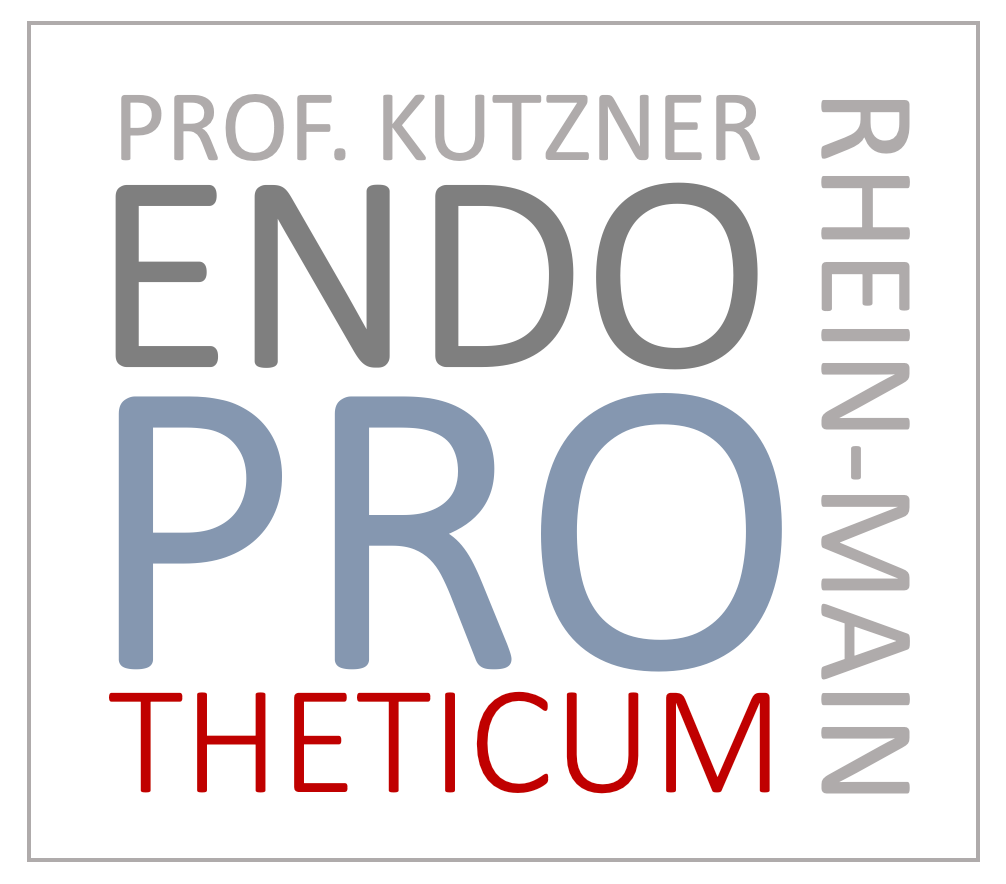How sled prostheses can help patients with Ahlbäck's disease
Sliding prostheses for Ahlbäck's disease

Ahlbäck disease, also known as avascular necrosis of the medial femoral condyle, is a degenerative disease of the knee joint that often results in significant pain and limited mobility. An innovative and effective treatment method for this condition is the implantation of a sled prosthesis, also known as a unicondylar knee prosthesis. In this blog post, we will dive deep into the details of this treatment method, explore its benefits and risks, and how it can improve the lives of patients with Ahlbäck disease.
What is Ahlbäck's disease?
Ahlbäck disease is a form of osteonecrosis that affects the knee joint. It occurs when blood flow to the bone is interrupted, causing the bone to die. This condition can cause pain, swelling, and limited mobility in the affected knee. The exact cause is unknown, but risk factors include trauma, steroid use and certain blood clotting disorders.
What is a sled prosthesis?
A sled prosthesis is a partial knee replacement that replaces only one of the two main condyles of the femur (thigh bone). In contrast to total knee arthroplasty, in which the entire knee joint is replaced, the slide prosthesis allows healthy parts of the joint to be preserved. This method is particularly suitable for patients with localized knee damage, as is often the case with Ahlbäck's disease.
Advantages of the sled prosthesis for Ahlbäck's disease
- Preservation of healthy bone tissue: Since only the affected condyle is replaced, the healthy part of the knee joint remains intact. This leads to natural joint movement and better functionality.
- Faster recovery: Patients typically recover more quickly from surgery to implant a sled prosthesis than from total arthroplasty. This means shorter hospital stays and a quicker return to normal activities.
- Reduced postoperative pain: Because the procedure is less invasive and involves less bone and tissue, patients often report reduced pain after surgery.
- Better mobility: The sled prosthesis often allows greater mobility of the knee compared to total knee replacement.
- Fewer complications: Since the procedure is less extensive, complications such as infections or thrombosis occur less frequently.
The operation process
- Preparation and Planning: Before surgery, a thorough examination will be performed, including X-rays and possibly an MRI, to determine the extent of the damage and plan the surgery accurately.
- Surgical procedure: The procedure is carried out under general or spinal anesthesia. The surgeon makes a small incision over the affected condyle and removes the damaged bone and cartilage tissue. The sled prosthesis is then cemented in place or fixed without cement.
- After surgery: Patients typically spend one to two days in the hospital. Physical therapy often begins the first day after surgery to promote mobility and strengthen muscles.
Aftercare and rehabilitation
Aftercare and rehabilitation are crucial to the success of the sled prosthesis. An individual rehabilitation plan is created that includes exercises to strengthen muscles and improve mobility. Regular follow-up visits are necessary to monitor the healing process and ensure that no complications arise.
Long-term results
Long-term studies show that patients with a sled prosthesis often remain pain-free for many years and enjoy a high quality of life. Many patients report a significant improvement in their mobility and a return to activities they were unable to do before surgery. However, it is important to note that, as with any surgery, results may vary by individual.
Risks and complications
Although the sled prosthesis offers many advantages, there are also potential risks and complications that must be taken into account:
- Infections: As with any surgery, there is a risk of infection. Strict hygiene measures and postoperative care can minimize this risk.
- Thrombosis: There is an increased risk of blood clots after surgery. Blood thinners and regular exercise help reduce this risk.
- Prosthesis loosening: In rare cases, the prosthesis can become loose, requiring revision.
- Pain and Swelling: Postoperative pain and swelling are common but are usually temporary and easily managed with pain medications and physical therapy.
Conclusion
The sled prosthesis is an effective treatment option for patients with Ahlbäck disease. By preserving healthy parts of the knee joint, it offers numerous advantages over total knee arthroplasty, including faster recovery, reduced postoperative pain and better mobility. However, it is important to consider the potential risks and complications and to work closely with the treating doctor to achieve the best possible treatment success.
MAKE AN APPOINTMENT?
You are welcome to make an appointment either by phone or online .



























